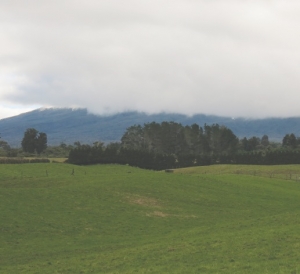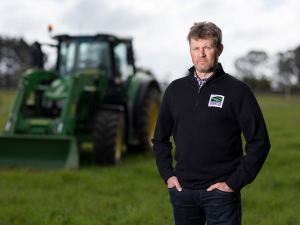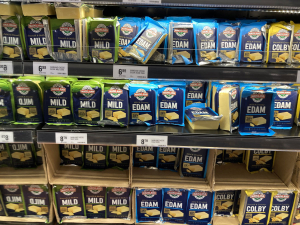These implements have a common purpose: to remove the competition of previous plant cover from the seeded or planted area and to prepare soil tilth for germination.
There are some issues to look out for.
Continuous cultivation of soil by full tillage eventually leads to a decline in soil fertility, mainly because continuous cultivation accelerates organic matter decomposition.
Any ploughing can lead to sediment and associated nutrients getting into waterways, affecting water quality.
Also, soil erosion generally can be a contributor to sediment and nutrients getting into water. A good way to prevent erosion is to maintain as much vegetative cover as possible to protect bare soil. This should be taken into account when cultivating.
Winter-feed paddocks can be especially prone to erosion once they have dried out, due to a loss of soil structure.
Conservation cultivation practices are those aimed at maintaining maximum vegetative cover on the soil surface and encouraging moisture retention in soils. The aim is to produce an uneven soil surface in as ‘rough’ a condition as practical and keep the cultivation period to a minimum.
A chisel plough or grubbers will give a fine, deep seedbed while still retaining a cloddy surface. By contrast, top-working implements, discing and rolling can create a fine seedbed prone to erosion even in well-sheltered situations.
Cultivating and sowing at right angles to the slope is another good method for minimising soil loss. And cultivating at an appropriate depth and when soil is suitably moist also helps get good results.
If good precautions are observed, two-pass cultivation – which reduces erosion risks – is often all that is needed to prepare a seedbed.
Other techniques include the practices known as minimum tillage or no-tillage. If soil has been continuously cultivated for many years, the structure is likely to be poor because cultivation reduces soil organic matter levels. No-tillage will not repair the damage overnight but will eventually.
Runoff of sediment and other contaminants, such as microbes and nutrients, to water can be exacerbated when water infiltration into the soil is slower than amount of rain or irrigation. Frequent tillage can add to the amount running off because the infiltration rate can be low due to frequent tillage or other management related constraints like compaction
A riparian margin between land and water can act as a crucial buffer that helps stop contaminants getting into water.
So healthy riparian vegetation improves bank stability, increases water quality, reduces stock losses, filters surface run-off and provides habitat for wild life.
For example, studies show up to 90% of sediment can be caught in an effectively constructed filter strip, while faecal bacteria trapped in long grass filter strips die off in sunlight.
Riparian vegetation also provides shade to waterways, thereby reducing water temperatures and growth of nuisance plants and algae.
Grasses in filter strips should generally be kept to a height of at least 10-15 centimetres with a high density of stems and leaves at ground level. Also, in Waikato region, farmers must not cultivate paddocks within 2m of a river, stream or lake bed.
• Bala Tikkisetty is a sustainable agriculture co-ordinator at Waikato Regional Council. This email address is being protected from spambots. You need JavaScript enabled to view it.
















